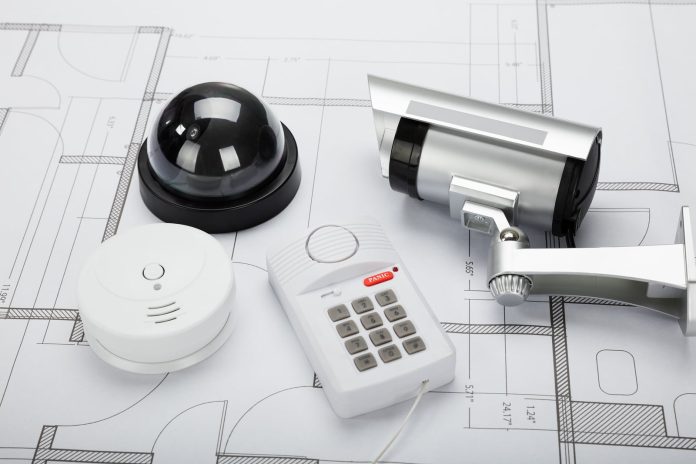SOMETHING we’ve discussed in SEN many times is the challenge security managers face when applying the latest electronic security technologies to meet operational procedures.
There’s no doubt technology has never been so flexible, so affordable. But that doesn’t mean it’s a simple matter to weave a functional security solution from multiple sub systems. Part of the issue is legacy infrastructure – we’ve gone through a huge technological transition at the same time we’ve undergone a global financial crisis. Security managers have been forced to cut corners – upgrading in stages, retaining legacy infrastructure or installing cameras that were merely good enough, leaving some sites to stand alone. In many applications there remain analogue components and first and second-generation IP cameras. Access control has suffered too, with low security proximity cards still in evidence, despite the fact MIFARE technology has been available for many years.
Manufacturers have responded to the price-pinch by investing more heavily in software development and by cutting corners on hardware development. Part of this attempt to retain margin on hardware has been a shift to OEM hardware from many old and famous brands – this doesn’t mean the OEM gear is not capable – it’s just not built with only performance in mind.
There is good news here. Software development has reached a level where affordable out of the box solutions are capable of integrating with multiple sub systems and larger management solutions are built specifically with challenging integrations in mind. That means there’s much less requirement for expensive customisation. Software has got much smarter, too. Face recognition from companies like Avigilon and Axxon is being leveraged to increase the efficiency of security searches, specific application software from Genetec supports investigations, city management and the establishment of real time situational awareness.
The other good news is that the downward pressure on hardware prices means the very best solutions have become much more affordable. Top line external PTZ cameras with 36x zoom and powerful integrated IR support cost no more than internal PTZ domes used to. Biometric readers are now affordable. And everywhere you turn, manufacturers are cramming as many features as possible into their hardware to satisfy requirements for return on investment from end users.
And there’s more. Concurrent developments in technology include affordable high speed 4G mobile comms, huge microSD drives, clever and secure mobile applications and widespread cloud services. These developments all contribute but the biggest enabling technology is 4G, which will morph into 5G over the next couple of years. Big band wireless – think 50MB and more – removes significant capital costs from the networked security equation and hugely increases flexibility. If you need to, you can now install a complex security solution anywhere there is power or sunlight.
When it comes to wireless, the need to leverage existing assets might see public surveillance systems sharing bandwidth with public Wi-Fi – the CBRFree network in Canberra is a case in point. Also of note is the smart city system installed by Rockhampton Regional Council, which combines technologies like smart car parking space availability and timing, intelligent duress/evacuation integration through automated lighting strategies, people and object identification and tracking, immersive surveillance technology, high-speed public Wi-Fi and heat mapping analytics in a single integrated solution.
The beauty of such integrated applications of technology like Rockhampton is that they completely alter the total cost of ownership, spreading the investment across multiple business units, including those that raise revenue and those that protect revenue raising assets. From the point of view of security managers in corporate and government applications, the ability to leverage shared technology without compromising security, is a huge advantage when costing solutions.
One thing that is certain in all this change is the centrality of network infrastructure to systems of the future – we may retain solid state controllers and powerful NVRs in many applications but even these systems will need to climb onto secure networks to offer security teams the greatest possible levels of flexibility and functionality.
Getting the most functionality at the lowest total cost of ownership is going to be at the heart of many of the conversations at Security in Government (pre-register here!) this Thursday, November 9 – when it comes to return on investment, there’s never been a better time for security managers to sit down and talk deals. ♦












